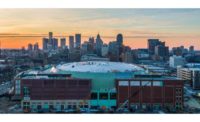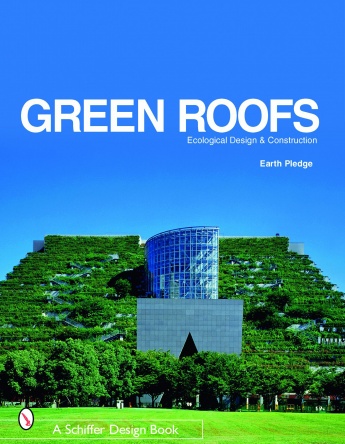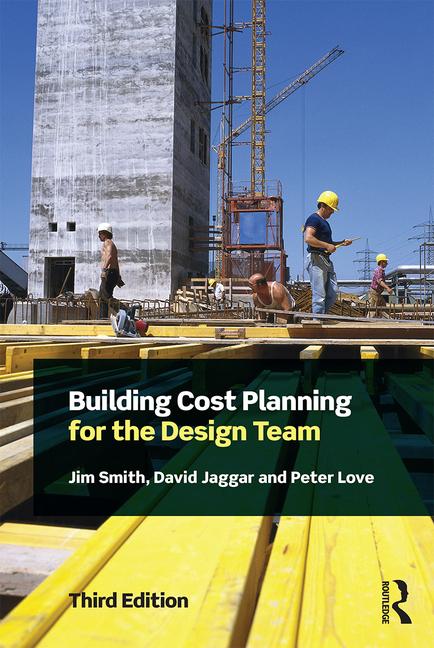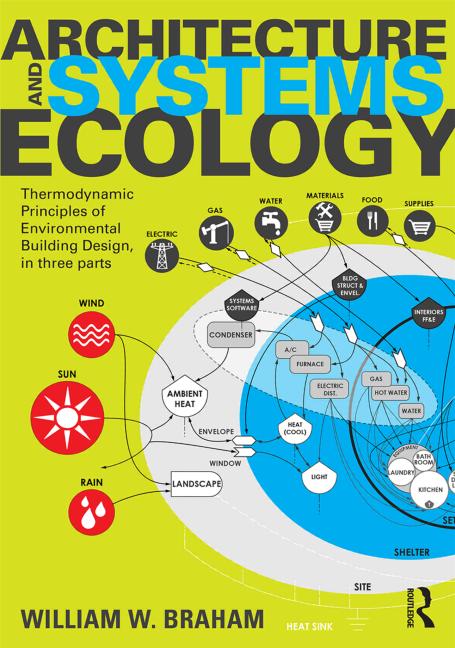The best way to effect the most sustainable good is to focus on the places where the largest amounts of energy are being used. In the next 20 years, urban populations around the world are expected to soar from three billion to five billion. If the current rate of urbanization holds steady, cities will account for nearly three-quarters of the world’s energy demand by 2030, [1] making them critical areas of focus for sustainable development.
So, cities aren’t going to have to be made a little greener; they’re going to have to be rethought from the ground up—getting the most out of the land, water and energy they do use.
“We need to learn that life in confined spaces and sustainability are not mutually exclusive,” says U.S. architect and urban planner Daniel Libeskind. “Combining the two is currently the biggest challenge facing urban development.” [2]
We’re starting to see some improvements such as switching to energy-efficient LED lighting in buildings and streetlights or setting aside bike lanes and widening sidewalks to encourage alternatives to driving. But other initiatives are more ambitious, requiring new construction or even an extensive rebuilding of city infrastructure.
There is a gradual change taking shape as municipalities are looking at more sustainable ways of shaping rapid urbanization.
Urban Development Challenges
In a report by McKinsey & Company, “How to Make a City Great,” the authors write, “Smart growth depends upon a strategic approach that identifies the very best growth opportunities and nurtures them, planning so the city and its surroundings can cope with the demands growth will place on them, integrating environmental thinking and ensuring that all citizens enjoy their city’s prosperity.”
So what does this look like? Designing sustainable urban developments includes concepts like using renewable sources of energy, prioritizing the recycling of non-renewable materials, designing efficient public transportation systems and building pedestrian-oriented urban designs. All of these efforts will reduce emissions and conserve resources that are the key concepts of sustainability. [3]
To be truly sustainable, a city must have low energy use and low carbon emissions, and it must be a place where people want to live. An energy-efficient city infrastructure is essential for sustainable urban development—more than 70 percent of the world’s energy supply is already consumed by cities. Equally, cities need to remain attractive and safe places for residents and visitors to develop as centers of economic growth.
Many cities throughout the country are examining their infrastructure—public transportation, roadways and parks, for example—and how these may be reengineered to meet today’s challenges and needs to lessen energy consumption and reduce CO2 emissions.
City governments share a common interest to improve citizens’ quality of life.
Policies implemented by city governments affect the economic, environmental and social conditions within the city, so it is imperative that those policies are effective and suited to the particular city.
A 2008 pilot project by the International Energy Agency aimed to help participants accomplish the following:
- Identify potential projects of relevance to their city.
- Understand the possible financial and environmental impacts of projects.
- Select projects likely to deliver the greatest benefit at the lowest cost.
This project provided useful information for both cities and national government. For cities, a rigorous evaluation of energy efficiency projects from other jurisdictions can help them in the process of filtering potential projects. National governments could also find the best practice approach useful because they’re often approached to assist with funding of local energy efficiency projects. [4]
Infrastructures Are Key
Every city relies on a common building block: an urban infrastructure that is based on an electrical grid, a gas and water distribution system, public and private transportation, telecommunications networks, public services, buildings, and well-maintained roadways, including tunnels and bridges.
These systems are inter-related: If too many electric vehicles charge during peak times, the grid may fail; if a sudden, unanticipated storm floods a subway station, the trains may fail to run; if public transportation is unreliable, more people will drive to work, and congestion and pollution will increase. [5]
But when city planners, community leaders and other stakeholders come together to improve the urban infrastructure and make changes for the long-term benefit of its citizens and city, the results can be inspiring, as the recent developments in Dallas demonstrated.
Woodall Rodgers Tunnel/Klyde Warren Park
While the concept of building a deck park over Dallas’ Woodall Rodgers Freeway may have originated in the 1960s when Mayor J. Erik Jonsson decided to recess the freeway, it didn’t come to fruition until construction began in October 2009. The Klyde Warren Park celebrated its grand opening in October 2012 and is an essential link between the city’s uptown, downtown and art districts.
Construction
Designing a deck structure that could support weight across a 200-foot-wide freeway posed a huge challenge. There were only so many places to put support columns, so Atlanta-based general contractor Archer Western constructed them behind the existing walls in most areas. A center support was built in the middle of the freeway. It took a year to install the cross beams, which were placed in tandem by two cranes aligned on either side of the bridge.
Much of Woodall Rodgers now runs unseen, enfolded in a 1,200-foot tunnel to create a new center of calm just blocks away from the heavy swirl of traffic on the interstates and Central Expressway. Dallas has orchestrated a new means of putting green over the hardtop of downtown Dallas where the five-acre Klyde Warren Park—a five-acre deck park and free outdoor destination in the center of Dallas—now sits atop the subterranean Woodall Rodgers Tunnel.
This $110 million project is unique because it’s a bridge, of sorts—at times being described as a combined bridge, park and tunnel design all in one.
Tunnel Lighting
Designed to meet the visual perception abilities of drivers, effective tunnel lighting systems must address a variety of design concerns, including traffic density and speed, spatial and visual adaptation, contrast between potential obstacles and their background, and glare. The Texas Department of Transportation (TxDOT) installed a lighting system designed to make traveling through the tunnel comfortable for drivers. Along with 419 150-watt ceiling-mounted induction lights that operate 24/7, more than 1,800 400-watt metal halide lights with sensors, which remain on during daytime hours, are installed along the sides of the tunnel. The tunnel lighting control system automatically adjusts the amount of lighting needed, at a given time, based on ambient light levels just outside the tunnel portals.
Randy Walker, director of electrical engineering Jacobs Engineering Group, specified Kenall Lighting’s LuxTran induction fixtures for the ceiling and metal halide CFT Series for the tunnel’s walls. Walker specified Kenall luminaires because the fixtures are able to provide the required lighting performance while also withstanding this challenging transportation environment. The lighting system’s whiter light sources were designed to improve visibility for the drivers within the tunnel. The Kenall fixtures are all IP66 rated for ingress protection and meet all specified ANSI and NFPA test standards for the project. The Kenall fixtures’ stainless steel housings and tempered-glass lenses are designed to withstand the extremely aggressive conditions and corrosive atmosphere within the tunnel for many years to come.
“Given the complex nature of lighting the Woodall Rodgers Tunnel, one of the greatest challenges is the ability to support drivers’ visual perceptions—both day and night—from the point of entry to the point of exit,” says Walker. Jacobs Engineering Group states, “Kenall’s induction and metal halide fixtures ensure drivers’ safety and field of vision.”
Endnotes
- Michael Totty, “How to Build a Greener City,” Wall Street Journal, September 12, 2011.
- http://www.siemens.com/innovation/apps/pof_microsite/_pof-spring-2010/_html_en/trends-urban-nature.html (accessed June 20, 2014).
- http://www.academia.edu/3050617/Challenges_Faced_by_Sustainable_Urban_Development_Projects (accessed June 20, 2014).
- International Energy Agency, “Promoting Energy Efficiencies Best Practices in Cities: A Pilot Study,” May 2008.
- Schneider Electric, “Urban Efficiency as the Cornerstone of Attractive Cities.”





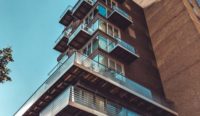
.jpg?height=200&t=1721675408&width=200)
